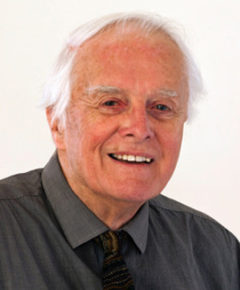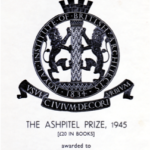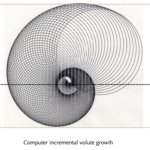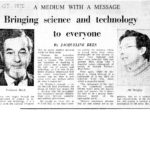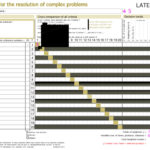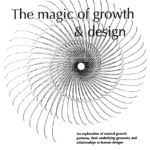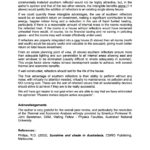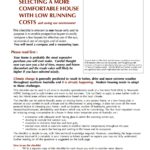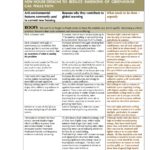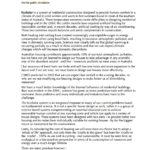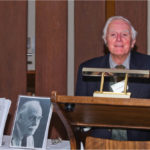In the sense of describing thoughts with words rather than lines on paper I suppose my architectural thesis of 1946 would be the very first. Its topic was “Planning for quietness”, written as part of my examination for the Royal Institute of British Architects at the age of 22.
It was awarded a Distinction which in some small way indicated that I was reasonably fluent which contrasted rather sharply with my failure in English in the School Certificate examination some 6 years earlier. My spelling has usually been good and I feel I must have been influenced by the many statements of Winston Churchill during WW2 who never used 2 words if 1 would do.
Writing for public consumption implies that you know what you are talking about and your words convey your thoughts in the most economical manner. Equally, however, there must be some grace or beauty in the rhythm of the word/sounds which are magically conveyed to the reader’s brain. If nothing else, the study of architecture was telling me that satisfying function is not enough, it must captivate or enthuse its recipients in a sensory way.
Since then, I have always enjoyed writing as a means of expression in preference to speaking as it enables me to be more accurate in conveying meaning to my words. This satisfaction was even surpassed by the invention of word processing on the computer – what a joy it is to be able to transpose words and sentences – even whole paragraphs – by a click of the mouse.
But the art of good writing still lies in the composing mind of the author; the computer is just a tool to make it easier to be fluent. This applies to the ease with which an author can integrate illustrations to text. In the old days of publishing illustrations were conveniently grouped together in a book for the convenience of the printer, which made it hard for the reader to relate textual meanings to the semi-realities of pictures and illustrations.
I have always strived to achieve a close relationship of the two; it greatly aids comprehension.
And yet again, the ability to place explanatory words and connecting lines on photographs or drawings again aids comprehension.
Writing books with integrated illustrations is a great joy to me as a designer in that I feel closer to my reader; I can paint the big picture and point out the details with much greater accuracy and allow time for deeper impression of understanding than is available through the spoken voice on radio or the split-second image on television.
In yet another way the home computer has enabled desk-top publishing which is of great benefit to designers like me. I can now design my own books with integrated text and illustrations, with layouts, colours and paper qualities determined by me rather than by someone else whose design sensitivities do not match my own. In this way I can produce a book in which every element can be designed to convey my precise thoughts to others.
There are pitfalls, of course, but the sheer joy of holding a book in your hands that is a 100% designed effort by me is worth some economic negative.
A word of warning to others inspired to follow my footsteps – sitting down at the computer for long hours is a dangerous non-activity which does not promote good health. Take every precaution to safeguard your health, from the correct ergonomics of your sitting posture in relation to your computer to the will-power to get up every hour to do 5 minutes of exercise. Set your computer to remind you to get up with a Pavlovian reaction to achieve breathlessness !
